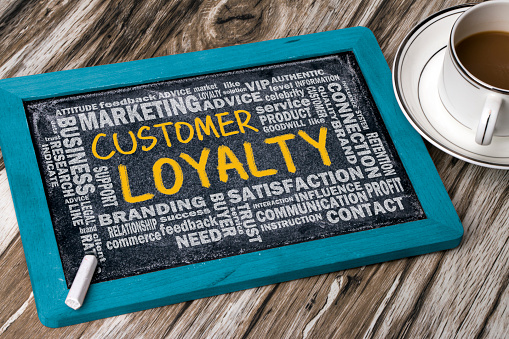By Laura Michaels
Many restaurant owners get into the delivery game with the goal of expanding their brand’s reach, citing increased exposure to customers over expectations of greatly increasing revenue. They justify possible concerns over quality control and menu confusion with the expectation that more people will know their name and order their food. But what if those customers think of the delivery service first, not the restaurant? Where does the brand loyalty lie?
Even though more and more restaurants are rolling out loyalty programs, most third-party services don’t integrate with them and many don’t tie into the POS system. This is problematic given that the ability to earn rewards, i.e. free stuff, is becoming more associated with value, especially for millennials—who also just so happen to be the demographic most likely to order delivery.
There’s a growing expectation of delivery—19 percent of the food millennials and Gen Zers order from restaurants is for delivery, according to Technomic’s Generational Consumer Trend Report. And the National Restaurant Association forecasts that by 2020, 70% of food traffic will come from outside the restaurant. But for restaurants whose brand equity is essential to their market strategy, proceed with caution, as partnering with a delivery service could mean you become a commodity brand to consumers.
A key risk for restaurants using third-party providers, note Morgan Stanley analysts in an insight report on food delivery, is that the delivery services themselves may look to not only control delivery but also ultimately aim to get control of the customer. In this “frenemy” scenario, restaurants working with third-party delivery lose control of their customers.
“Losing ownership of their customers is a restaurant brand’s worst fear, ceding pricing power and customer data,” notes the report. “And yet in this scenario restaurants become dependent on the incremental volume provided by online delivery, making walking away difficult.” And wider-spread use of delivery could affect growth plans if existing dine-in units become less productive, possibly leading to alternative delivery-only outlets.
While the National Restaurant Association is still working to develop some operational best practices for working with third-party delivery companies, it does stress the importance of a focus on the details: food safety practices, professional drivers, contract specifics and intellectual property.
In the NRA’s “8 Ways to Build Delivery Sales” article, rewarding loyalty is also a key point, and some delivery services, such as Madison, Wisconsin-based EatStreet, take it upon themselves to do so.
EatStreet encourages its restaurant partners to participate in a loyalty program, where customers earn one point for every dollar spent. The points translate to rewards, like a free item or a discount. Marketing emails notify customers when they’re close to receiving a reward and remind them when it’s time to redeem rewards.
“Building a delivery business is not about getting a customer to place one order, but about getting them to come back,” says EatStreet’s Chief Revenue Officer Marcus Higgins.
The question that remains, though, is whether the customer is coming back to the delivery service or the restaurant?


